If you’re running your air conditioning or you’re towing a trailer, you’re making your engine work harder, so it needs more cooling. An effective cooling system improves engine reliability and there are some simple checks you can do to keep it in good working order.
Radiator
The radiator removes heat from the coolant by allowing cooler air to pass over the fins of the radiator. The surface area of the radiator fins dictate its efficiency: the more surface area it can present to the cooling air, the more cooling is available. Radiators can get blocked. Even a small amount of blockage could mean the engine starts to overheat.
If you drive in muddy or dusty environments, it’s likely you’ll need to clean your radiator more frequently. Check that there are no stones, bits of plastic, dead animals, leaves and other debris trapped against or in the radiator. Look for damage and leaks, too.
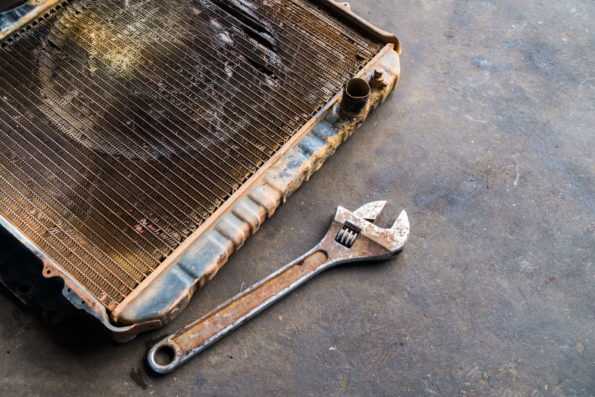
Coolant
Coolant is the fluid that flows around the cooling system. It’s important that the correct coolant is used; follow the manufacturer’s recommendations. Coolant has a specific formula, you can’t simply use water as this will corrode the engine’s internal parts.
Make sure the coolant’s colour is still vibrant (usually it will be green or orange). If it looks murky or has a rusty colour to it, you need to change the coolant.
Water pump and belts
The water pump moves the coolant around the system. Common issues include a leak in the pump or a missing belt (e.g. the fan belt has broken).
If you hear a squealing noise as you move off, the belts are becoming loose and should be replaced.
Warning lights and gauges
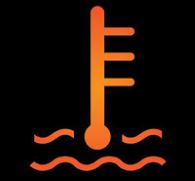
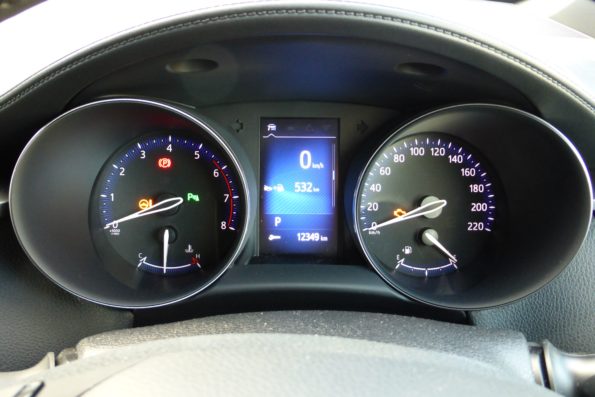
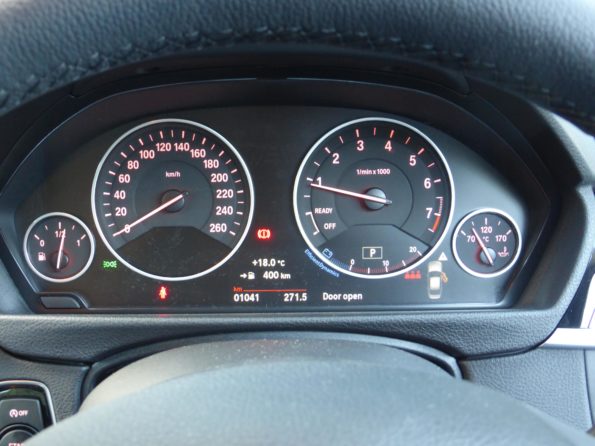
Sometimes, if the temperature is too high, an alarm might sound or the vehicle enters ‘limp mode’ and will operate on reduced power. If the vehicle is overheating, it needs urgent attention from a mechanic.
Radiator cap
This cap controls the pressure in the cooling system. The cooling system is under pressure so that the boiling point of the fluids within the system is raised, giving more protection from overheating. If the cap fails, the system’s performance will be affected.
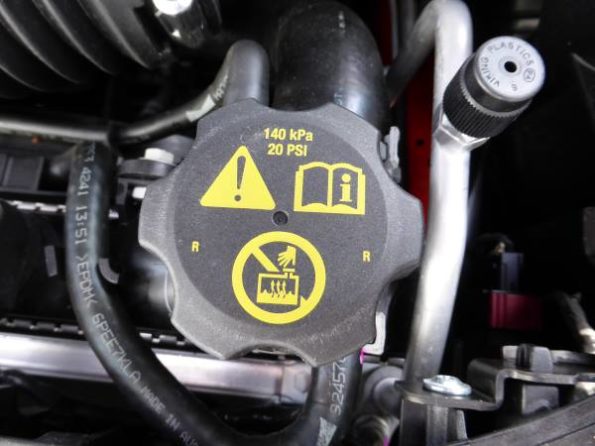
Hoses
Hoses transport the coolant between different parts of the engine. They degrade over time as they expand and contract due to heating and cooling, and should be checked periodically for leaks.
Tips for working on a cooling system
- Never work on a hot cooling system – wait for the engine to cool off
- Don’t mix coolant types
- Look for debris and damage on the radiator
- Attend to any squealing fan belts by replacing them before they snap
